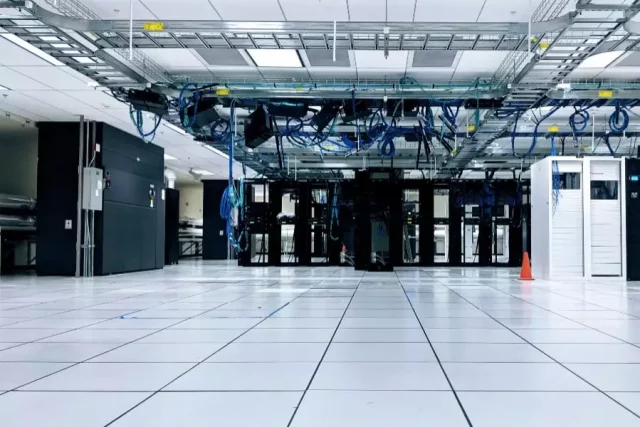Data centers play a vital role in the functioning of modern businesses. As the volume of data continues to rise, so does the demand for efficient and effective data center operations. One of the most critical aspects of data center management is understanding the metrics used to measure their performance. Data center metrics provide a quantitative and objective way to assess how well a data center is functioning, identify areas for improvement, and ensure cost-effectiveness. However, many individuals and organisations need help understanding data center metrics and their significance in operations.
Let us learn more about data center metrics, their use in modern data centers, and how they help optimise operations.
What Is A Data Center?
Data centers are specialised buildings or locations that host computer systems and related equipment, such as storage and telecommunications systems. They aim to ensure secure and dependable access to IT services, data, and applications.
The centers typically include redundant power supplies, backup generators, cooling systems, fire suppression systems, and physical security measures. Organisations use them to store and manage substantial amounts of data and host cloud computing services, websites, and other IT applications.
They come in various sizes, ranging from small server rooms to extensive enterprise facilities that can occupy entire buildings. They are critical components of modern technology infrastructure businesses, government agencies, and other organisations use to support their IT operations.
What Do You Mean By Data Center Metrics?
Data center metrics refer to the key performance indicators (KPIs) used to measure and evaluate the efficiency, reliability, and effectiveness of a data center’s infrastructure and operations. These metrics help data center operators monitor and improve the performance and capacity of the facilities. It ensures they meet the service level agreements (SLAs) and regulatory requirements.
Some standard data center metrics include:
- Power Usage Effectiveness (PUE)
- Cooling Efficiency Ratio (CER)
- Availability – measures the percentage of time that the data center is operational and accessible.
- Mean Time Between Failures (MTBF)
- Mean Time to Repair (MTTR)
- Data Center Infrastructure Efficiency (DCIE)
- Capacity Utilisation – measures the percentage of IT resources.
How Is Data Center Metrics Used In Modern Data Centers?
Here are some standard data center metrics and how they are used:
- Power Usage Effectiveness (PUE): PUE is a ratio of the total power consumed by a data center to the energy consumed by the IT equipment.
- Data Center Infrastructure Efficiency (DCiE): DCiE is the inverse of PUE, expressed as a percentage. It measures the percentage of the total power consumed by a data center that the IT equipment uses.
- Server Utilisation: Server utilisation measures the percentage of time a server is used to process requests or run applications.
- Cooling Efficiency: Cooling efficiency metrics can help data center managers optimize their cooling systems to reduce energy consumption and improve performance. These metrics include chilled water temperature and humidity levels.
- Capacity Planning: Capacity planning involves forecasting future resource requirements and ensuring that the data center has sufficient capacity to meet those needs.
- Downtime: Downtime measures the time a data center is unavailable due to unplanned outages or maintenance activities.
Data Center Metrics Playing An Important Role In Optimising Operations
Data center managers can gain insights into their infrastructure’s performance and identify improvement areas by collecting and analyzing various metrics. These metrics include power consumption, temperature, server utilization, and network traffic. For example, suppose a metric shows that a particular server consistently runs at a low utilisation rate. In that case, the manager can investigate the cause and potentially consolidate workloads onto other servers to optimise resource utilisation. Similarly, if power consumption is high, the manager can look for ways to reduce energy usage. These ways include optimising cooling systems or replacing older equipment with more energy-efficient models.














